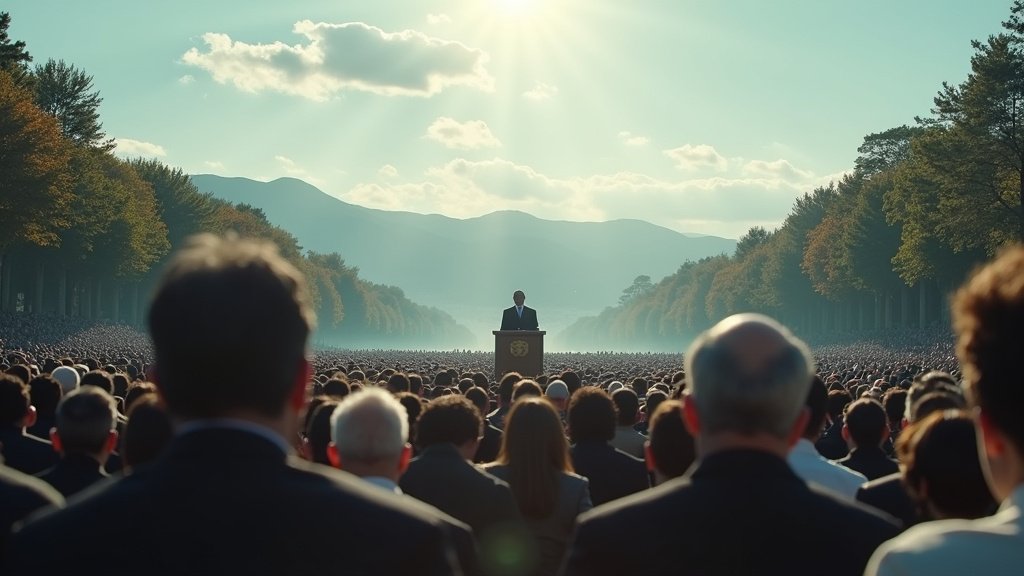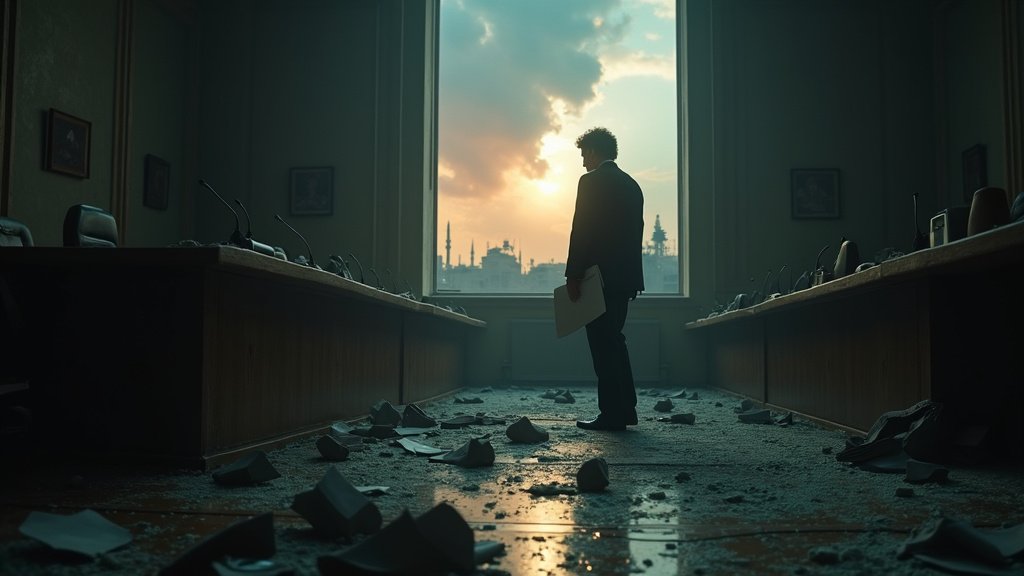Washington and Tehran are locked in a rapidly escalating confrontation following revelations that the United States military conducted strikes against three Iranian nuclear sites on Saturday, June 21, 2025. US President Donald Trump announced the action, stating the strikes directly align the US with Israel’s ongoing campaign targeting Iran’s nuclear program.
President Trump conveyed the significant development via social media, detailing the specific targets as the Fordow, Natanz, and Esfahan facilities. He further specified that a “full payload of bombs was dropped on the primary site, Fordow,” underscoring the gravity and precision of the American military operation.
International Condemnation and Iranian Response
The strikes drew immediate and strong condemnation from Tehran. Iran’s Foreign Minister, Abbas Araghchi, swiftly denounced the attacks, labeling them a “grave violation of the UN Charter, international law and the NPT.” Speaking out against the US action, Minister Araghchi issued a stern warning of “everlasting consequences,” indicating the profound and long-lasting repercussions anticipated by the Islamic Republic.
Minister Araghchi also asserted that Tehran “reserves all options” in response to the strikes, signaling Iran’s potential willingness to retaliate through various means. This declaration heightens concerns among international observers regarding the potential for a broader and more destructive conflict in the region.
Diplomatic Efforts and Regional Impact
Amidst the escalating tensions, diplomatic channels have been activated in an attempt to de-escalate the crisis. Indian Prime Minister Narendra Modi engaged in a conversation with Iranian President Masoud Pezeshkian. During their exchange, Prime Minister Modi reportedly urged “immediate de-escalation” following the US strikes, emphasizing the need to prevent the situation from spiraling further out of control.
The intensifying conflict, which began its current phase of escalation on June 13, has already had tangible impacts on regional interactions. Notably, the planned visit of Egyptian Foreign Minister Badr Abdelatty to India has been postponed, a clear indicator of how the instability is disrupting diplomatic schedules and regional engagements.
Concurrent Attacks on Israel
The US strikes on Iran’s nuclear sites occurred within a context of ongoing exchanges of fire between Iran and Israel. Separately, and adding to the regional volatility, Iranian missile attacks were reported in Israel. These attacks resulted in at least 23 people sustaining injuries.
Reports indicate at least three separate impacts within Israel during the Iranian missile barrage. These impacts caused damage to buildings in several areas, including parts of Ramat Aviv in Tel Aviv, highlighting the direct threat posed to civilian infrastructure and populations in Israel.
Widening Conflict and Future Uncertainty
The US military action represents a significant expansion of the existing conflict, explicitly aligning Washington with Israel’s efforts to counter Iran’s nuclear ambitions. The precision targeting of key nuclear facilities like Fordow, Natanz, and Esfahan underscores a direct challenge to Iran’s nuclear program, which Western nations and Israel contend is aimed at developing weapons.
Tehran maintains that its nuclear program is solely for peaceful purposes, but its enrichment activities and lack of full transparency with international inspectors have fueled deep suspicion. The US decision to join the kinetic campaign marks a pivotal moment, moving beyond sanctions and covert actions to overt military force.
The international community watches nervously as the situation unfolds. The stark contrast between President Trump’s assertion of a successful strike and Foreign Minister Araghchi’s condemnation and threat of retaliation paints a grim picture for immediate de-escalation. The involvement of major global powers and the targeting of sensitive nuclear facilities dramatically raise the stakes, pointing towards a potential for a wider regional conflagration with unpredictable global consequences. The coming days will be crucial in determining whether diplomatic efforts can gain traction or if the cycle of strikes and counter-strikes will intensify.




